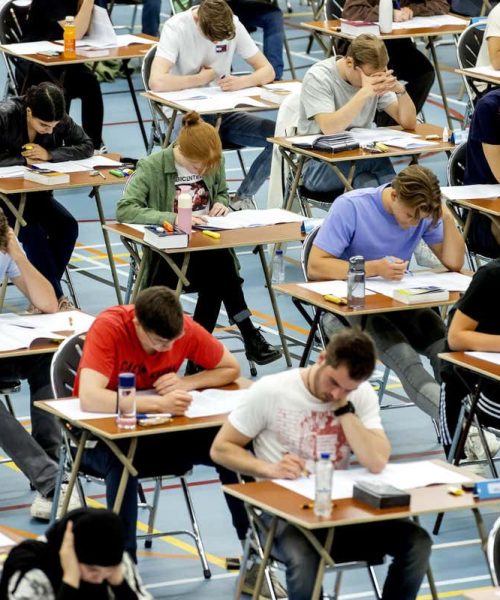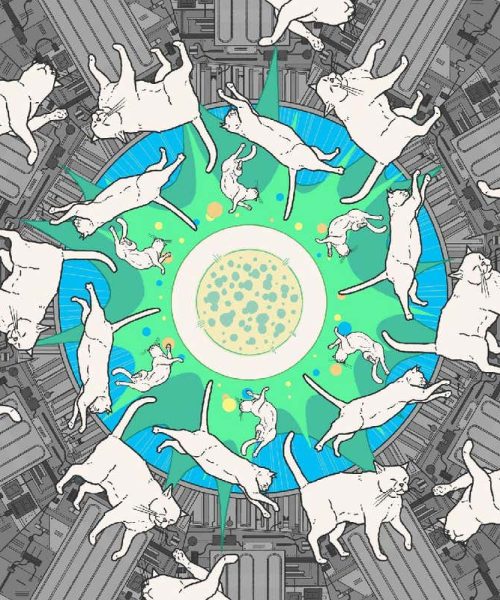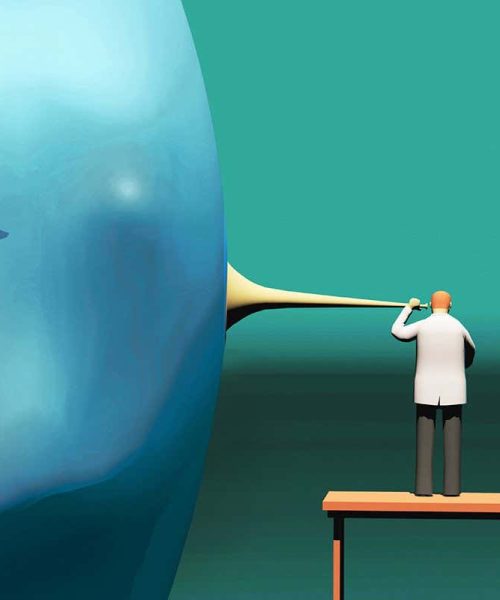
Erik Johansson
“EINSTEIN attacks quantum theory.” That was the headline in The New York Times on 4 May 1935. The world’s most famous scientist and two collaborators had discovered what they saw as a fatal flaw at the heart of our greatest theory of nature. They had found that particles separated by kilometres seemed to be able to interact instantaneously with each other. Albert Einstein called it “spooky action at a distance”.
Even though he had helped lay the foundations of quantum theory, Einstein felt it must be missing something. That spookiness just didn’t feel right – there must be something we weren’t seeing that could explain it. No idea this strange could be true, surely?
We now know that it is. That is the lesson from most of the past century of physics, as quantum theory, including spooky action at a distance, passed every experimental test thrown at it. At the tiniest scales, reality really is as strange as our best theory of the subatomic world suggests.
What we haven’t figured out is why quantum theory is so strange. Physicists like me have long been examining its foundations in search of answers. Recently, these efforts have turned up a major surprise: a new hypothesis called “almost quantum theory” that is even more bizarre than the original. What really excites me is that we might be on the cusp of putting it to the test. If it passes, the newspapers will be reporting the scientific upset of the century.
Quantum theory deals with the subatomic world of particles, and it describes their behaviour with peerless accuracy. It is often spoken of as …





